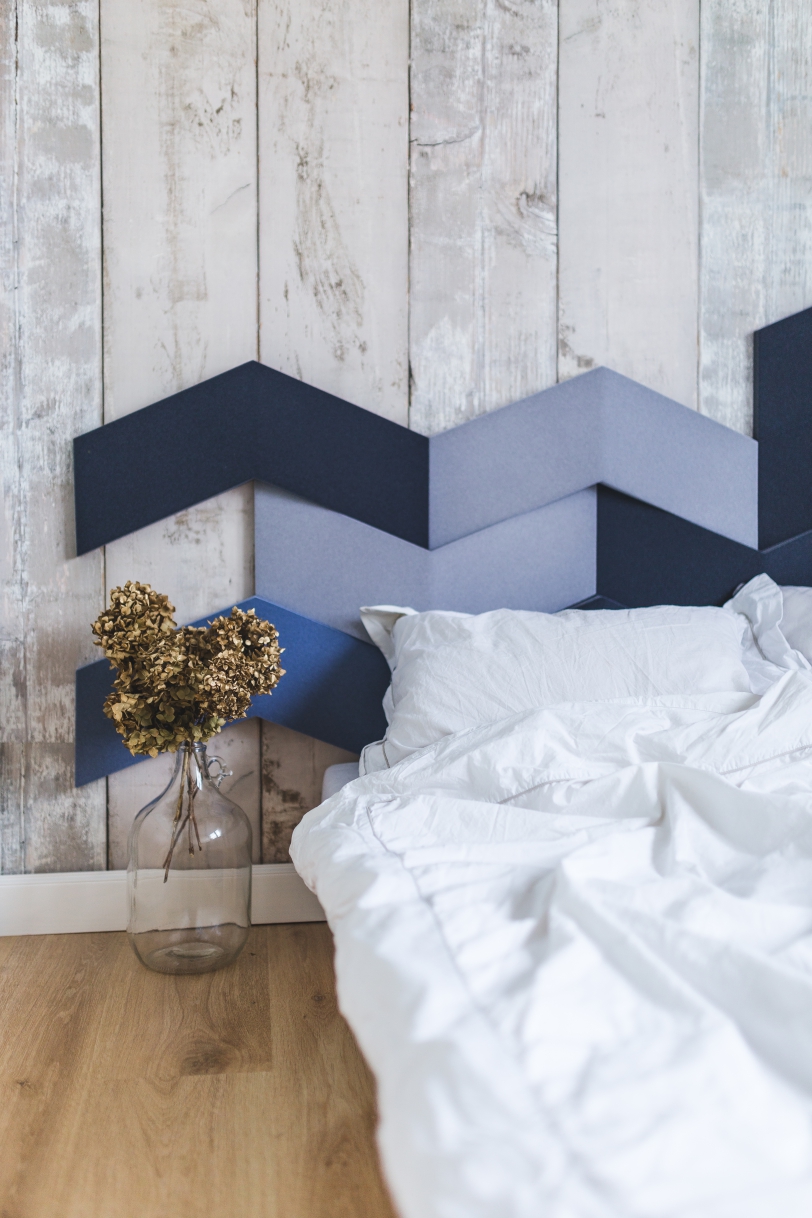This article was originally published on December 20, 2016.
Although it’s ever-so-basic, foundation is one of the most tricky makeup products to apply correctly—and apply to our liking. If you’re like me, you’ve often hoped that you’d get lucky with your foundation on a given morning and apply it hoping for the best—the best being non-patchy, even coverage that’s not too thick, not too thin with just the right amount of dewiness for a natural-looking finish. (Not too much to ask, right?)
Unfortunately, manipulating foundation can be harder than it would seem, and even beauty veterans struggle to find the right combination of techniques that produce gorgeous coverage time and time again. The good news is that there are a few habits that will get you started on the right foot when it comes to applying your foundation, however. From there, you can tweak your techniques to perfection.
The following basic tips will help anyone achieve beautiful coverage (without all of the wishing and hoping), and these pointers can be used for any skin type–the key is selecting products designed for your complexion. To that end, we’ve got vegan and cruelty-free product options to inspire your beautiful skin shopping list!

Prep clean skin with a moisturizer (try a facial oil!). While it may sound counterintuitive, sometimes facial oil is the best kind of moisturizer for the job for every skin type. If you’re prone to oily skin, a mere few drops of a dry oil like rosehip seed oil can effectively moisturize your skin while helping to balance skin’s production of sebum (skin’s natural oil). If your skin tends to be on the dry side, a slightly richer oil like argan oil is a great choice. Again, the key is to use just a few drops. Rub them between clean fingertips, and press the oil into the skin. This stimulating massage will also boost circulation (glow!).
Facial Oil Blends to Try
For oily skin: Pelle Beauty Stellar Face Oil
For normal skin: Uma Oils Beauty Boosting Day Face Oil
For dry skin: Juara Raidance Vitality Oil
Follow with a primer. A primer helps makeup stay in place for longer while diminishing the appearance of uneven texture. Because primer helps improve the appearance of skin, it can set you up to use less foundation, which often means a less cakey finish. For best results, massage primer into skin rather than let it sit on the surface of skin.
Primers to Try
For oily skin: Jane Iredale Smooth Affair Primer for Oily Skin
For normal skin: Juice Beauty Illuminating Primer
For dry skin: Studio 78 Paris Primer
Follow the less-is-more rule when applying foundation. Now it’s game time. If you’re using a liquid foundation, apply a bit to the back of your hand and dip your beauty blender or a synthetic brush into the foundation. Apply to your forehead, nose, cheeks, chin, and temples. Blend outward to your jaw or hairline—usually, the outer edges of the face require less coverage. Blend well at the jawline.
Begin with a light layer. If you can see the brush strokes, you’re applying too much. Most foundations are designed to be buildable, so you can always go back and add an additional layer to areas that need a bit more coverage.
Work quickly. Foundation that tends to be on the matte end of the spectrum sets quickly, so work efficiently to avoid getting patchy areas.
Foundations to Try
For oily skin: Kat Von D Lock-It Foundation
For normal skin: Make Up For Ever Ultra HD Invisible Cover Foundation
For dry skin: Alima Pure Liquid Silk Foundation
Set your foundation. I get it—setting powder has a bad rap because a hair too much and your face looks dull, dry, and outdated. I, too, have had a love-hate relationship with setting powder, but if I’m doing a full-coverage look, I almost always use a very light layer to help keep my foundation in place. I usually only need it on my T-zone, so I use a small powder brush (rather than those big puffy ones) to strategically place my powder. To get the lightest possible layer, I tap off excess powder from the brush and then swirl the brush around in the cap of the setting powder jar. This evenly distributes the powder to all bristles. Next, follow with a setting spray or a toner, which helps makeup appear as one, more natural-looking layer. A few spray about a foot away from your face ensures that you don’t end up with any large water drops on your carefully applied foundation!
For an all-purpose setting powder, try W3LL People Realist Invisible Setting Powder. Follow with Lily Lolo antioxidant-rich setting spray.
What are your tried-and-true foundation techniques?
Related: 7 Totally Doable Holiday-Ready Beauty Tips from Top Makeup Artists
How to Apply Makeup for Acne Scars
Does Your Favorite Eye Shadow Contain Conflict Palm Oil?
Get more like this—Subscribe to our daily inspirational newsletter for exclusive content!
__
Photo: Pixabay




